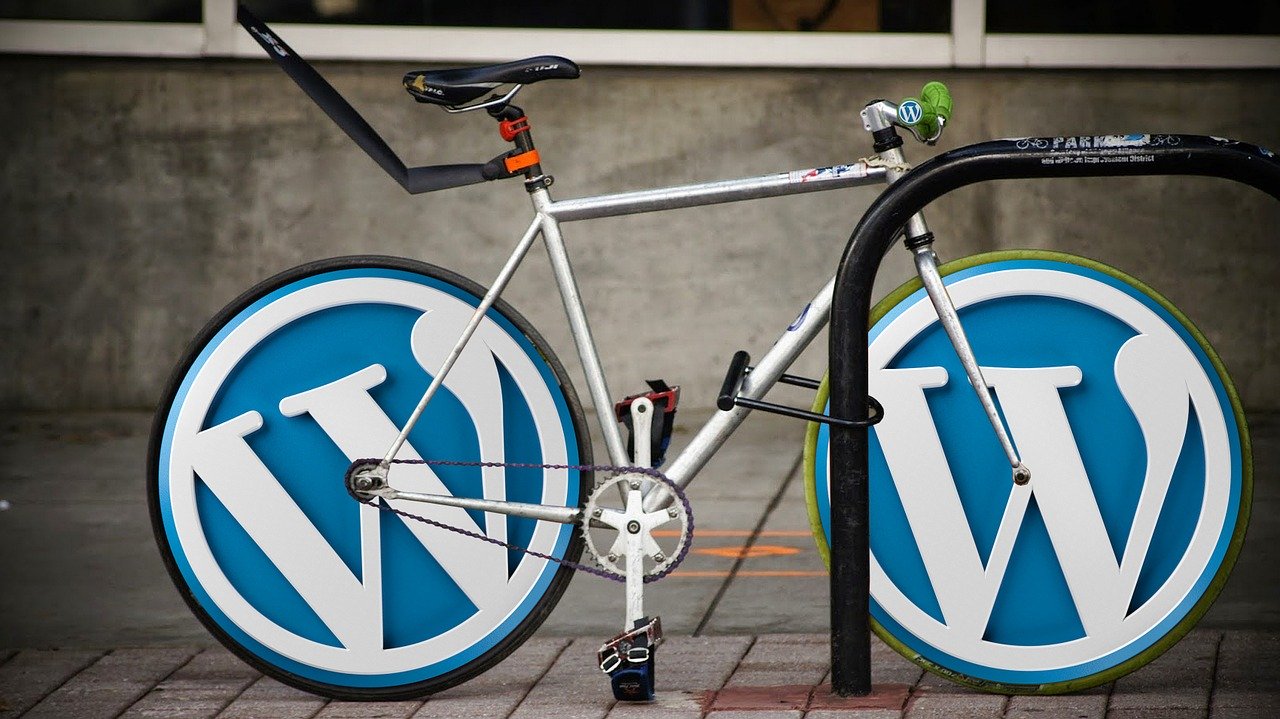Understanding Image Scaling & Pixelation in GIMP
Unleash Your Creativity with GIMP: Understanding Image Scaling and Pixelation
GIMP, or the GNU Image Manipulation Program, is a powerful, free, and open-source image editor that offers a wide range of features for both beginners and professionals. In this post, we’ll explore the capabilities of GIMP when scaling images larger, and why it can result in pixelation.
What is GIMP?
GIMP is a versatile image editing tool that can handle tasks such as photo retouching, image composition, and image authoring. It is available for various operating systems, including GNU/Linux, macOS, and Windows. As an open-source software, GIMP encourages users to modify its source code and distribute their changes. This active community involvement has led to the development of numerous plugins and extensions that further expand GIMP’s capabilities.
Image Scaling and Pixelation
One common task in image editing is resizing or scaling images. While scaling down an image generally maintains its quality, scaling up a small image can result in a loss of quality and the appearance of pixelation. But why does this happen?
Interpolation and Image Quality Loss
The primary reason for quality loss when scaling images larger is a process called interpolation. When you enlarge an image, the software has to generate new pixels to fill in the gaps between the existing pixels. This process is necessary because the number of pixels in an image determines its resolution, and a larger image requires more pixels.
Interpolation algorithms estimate the color and intensity values of the new pixels based on the surrounding pixels. However, these estimations are not always accurate, which can lead to a loss of sharpness and detail in the enlarged image. This quality loss is especially noticeable when enlarging raster images (like JPEG or PNG), which are made up of individual pixels.
Pixelation: The Result of Scaling Up
Pixelation occurs when the individual pixels in an image become visible to the naked eye, giving the image a blocky or blurry appearance. When you scale an image larger, the software has to stretch the existing pixels to cover a larger area. As a result, the enlarged image may appear pixelated, especially if the original image had a low resolution to begin with.
Tips for Scaling Images in GIMP
To achieve the best results when scaling images in GIMP, consider the following tips:
- Start with a high-resolution image: The higher the resolution of the original image, the better the quality of the enlarged image will be.
- Use the appropriate interpolation method: GIMP offers various interpolation methods, such as “None,” “Linear,” “Cubic,” and “Sinc (Lanczos3)”. Experiment with these options to find the one that provides the best results for your specific image.
- Consider using vector graphics: If you’re working with logos or illustrations, consider using vector graphics (such as SVG) instead of raster images. Vector graphics are resolution-independent and can be scaled up or down without a loss of quality.
GIMP is a powerful image editing tool that offers a wide range of features, including image scaling. Understanding the limitations of scaling raster images and the reasons behind pixelation can help you achieve better results in your image editing projects.




